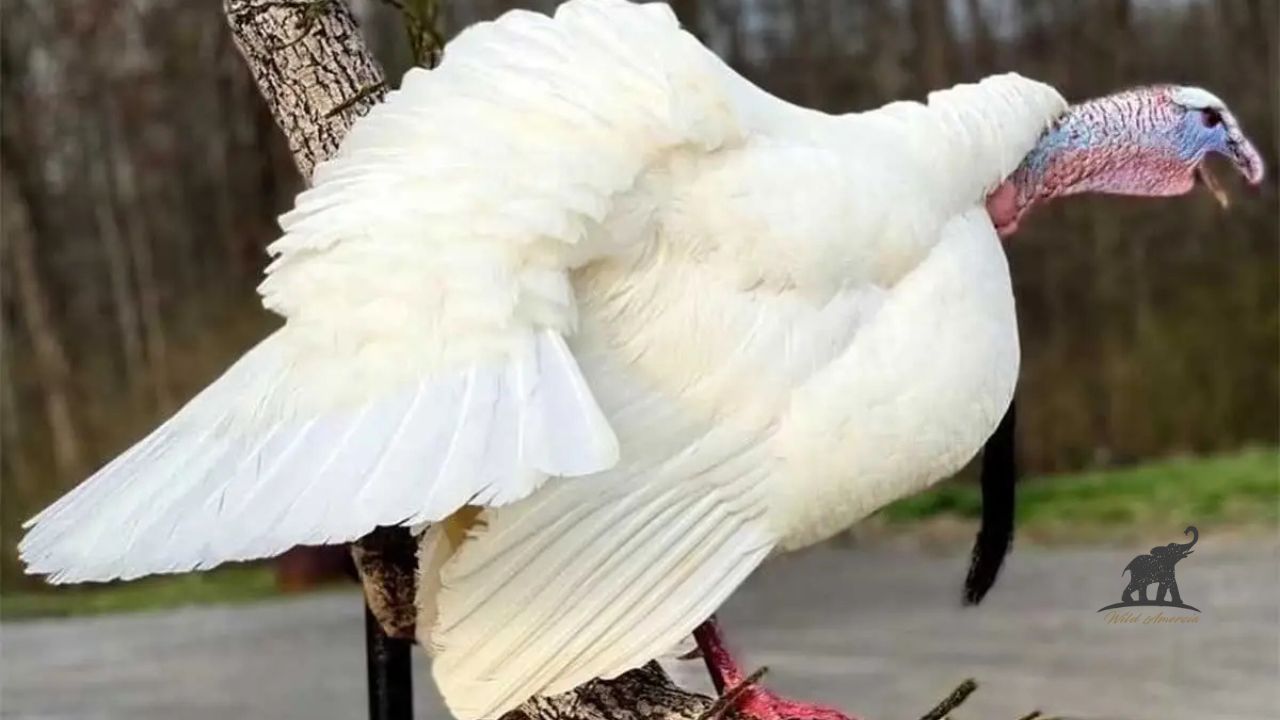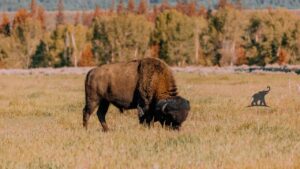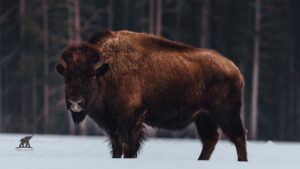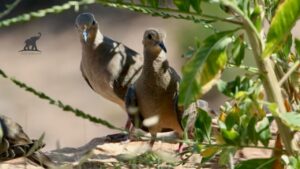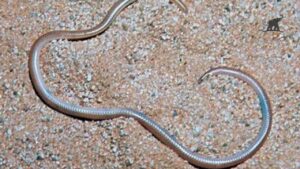Wild turkeys are glorious birds, but albino wild turkey is the only species of turkey that has captured the attention. It is well known for its unique snow-white feathers and remarkable look; these distinctive creatures stand out not only in the natural habitat but also in the dreams of nature enthusiasts globally.
Here, we will uncover the charming facts about these beautiful birds; including life style and the rarity of Albino wild Turkey. If you are bird watcher or simply have curiosity; about albino wild turkey, then this article is for you.
Few Quick Facts About the Albino Wild Turkey
| Feature | Details |
| Scientific Name | Meleagris gallopavo (albino variety) |
| Appearance | Completely white feathers, Beak and legs pinkish |
| Rarity | Very rare; due to a inherited mutation |
| Lifespan in the wild | 3 to 6 years |
| Habitat | Grasslands biomes, Forests, and boundaries of wooded areas |
| Diet | Plants based: Seeds, berries; Animals based: insects, and small reptiles |
| Behavior | Alike to wild turkeys; nonetheless, more vulnerable to predators |
What Makes an Albino Wild Turkey Unique?
Lack of melanin, snow-white feathers, pink eyes or pale blue makes them unique.
Differences between Albino and Leucistic Turkeys
It is essential to distinguish between leucistic and albino wild turkeys. While albino turkeys are entirely devoid of pigmentation, leucistic turkeys have patches of white feathers but retain pigment in their eyes and skin.

Rarity and Challenges of Spotting Albino Wild Turkeys
How Rare Are Albino Wild Turkeys?
Albino wild turkeys are very uncommon; their number at one in 100,000. Genetic mutation causes albinism which makes a challenge for them to survive in the wild.
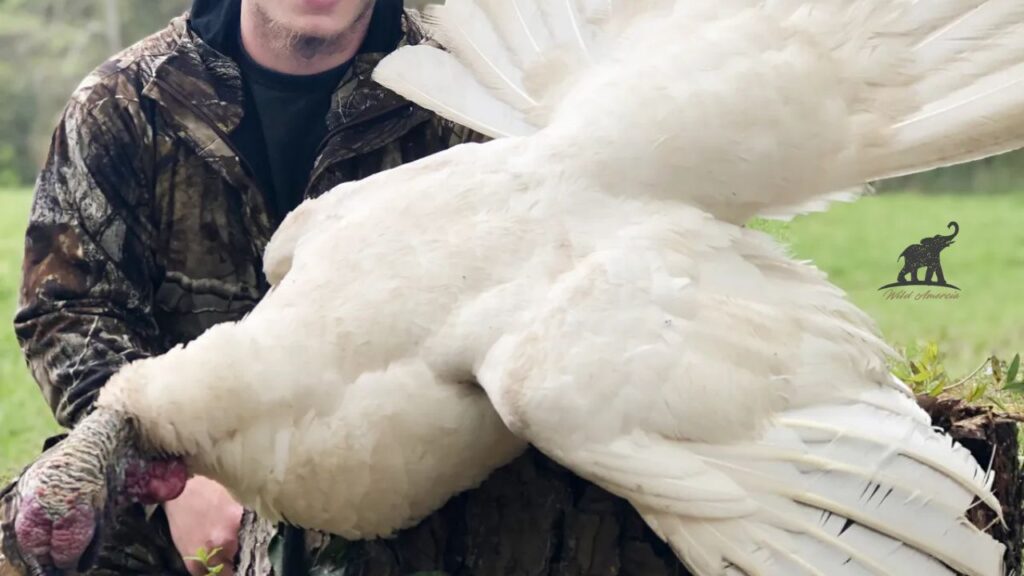
Challenges in the Wild
The very aspects that distinguish albino wild turkeys from other species also increase their vulnerability.
Predation Risk
Foxes, coyotes and birds of prey can easily prey them because of white color they stand out in the wild.
UV Sensitivity
Albino turkeys lack melanin, a pigment that shields the eyes and skin from harmful ultraviolet rays.
Reproductive Limitations
This condition is not often passed on, making it unlikely for albino turkeys to establish a significant population.
Despite these challenges, the occasional sighting of an albino wild turkey is celebrated among wildlife enthusiasts.
Real-Life Sightings and Accounts
Numerous bird observers and hunters have noted their tremendous encounters with albino wild turkeys. Therefore, the magic of these rare sightings can be seen in these examples:
- Hunter’s Luck: A mature albino wild turkey perched along the forest’s edge was observed by a hunter in Missouri. The sight of its striking white feathers against the lush surroundings was unforgettable.
- Birdwatcher’s Delight: In Illinois, a wildlife photographer took stunning pictures of an albino turkey, which were applauded by birdwatchers.
These accounts show how rare and emotional it is to see an albino wild turkey in its natural environment.
Albino Wild Turkey Behavior and Habitat
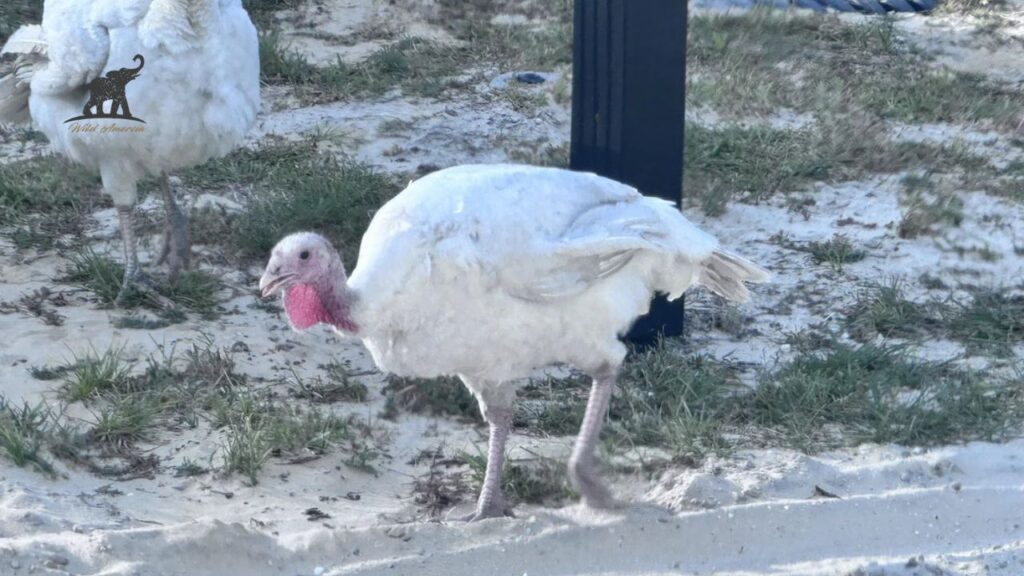
Albino wild turkeys behave much like their pigmented counterparts, displaying the following traits:
Feeding Habits
Feed of Albino turkeys includes a variety of insects, small reptiles, seeds and berries. They forage mostly at the dawn and dusk.
Preferred Habitat
These turkeys mostly live in forests and edges of selected habitats, because here they use to trees to assist their protection. Because of the absence of camouflage, they are more vulnerable as compared to others groups of turkeys.
Social Structures
Albino wild turkeys, like all others, move in groups. These groups frequently play a crucial role in spotting threats and maximizing chances of survival.
FAQs About Albino Wild Turkey
1. Why albino wild turkeys are rare?
Genetic mutation that causes albinism cause their lower survival rates in natural habitat.
2. Do albino turkeys have any health issues?
Yes, their vulnerability in the wild is increased by their sensitivity to sunlight and lack of protective clothing.
3. Can albino turkeys reproduce?
A population of albino turkeys will struggle to thrive because, despite the fact that they are capable of reproduction, albinism is rarely passed down.
4. Where can I see an albino wild turkey?
Your best chance of seeing one is in areas of North America where wild turkey populations are high, like the Midwest and Southeast.
Capturing the Majestic Albino Wild Turkey
Undeniably, albino wild turkey is a wonder of wildlife that fascinates watchers through its rarity and grace. However, its distinctive characteristics make its survival challenging; furthermore, they also motivate curiosity and gratefulness for the diversity in wildlife.
Admin Recommendation
Cottonmouth Snakes in North Carolina (NC): Key Facts
The Fascinating World of Arctic Fox Fur
Experience the Majesty of Elk and Bison Prairie, KY
Cottonmouth Snakes in North Carolina (NC): Key Facts
Bald Eagle Spiritual Meaning: A Guide to Symbolism and Significance
The Appealing Charm of Ragdoll Kittens
Where to Find Arctic Fox Fur in AC Valhalla
The Barbados Threadsnake: Unveiling the World’s Smallest Snake
American Eskimo Dog: A Comprehensive Guide to This Charming Breed
Discovering Acadia National Park Wildlife
Spotted Salamanders: Nature’s Hidden Gems
Baby American Crocodile: Fascinating Facts About The Next Generation

